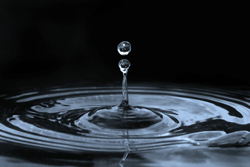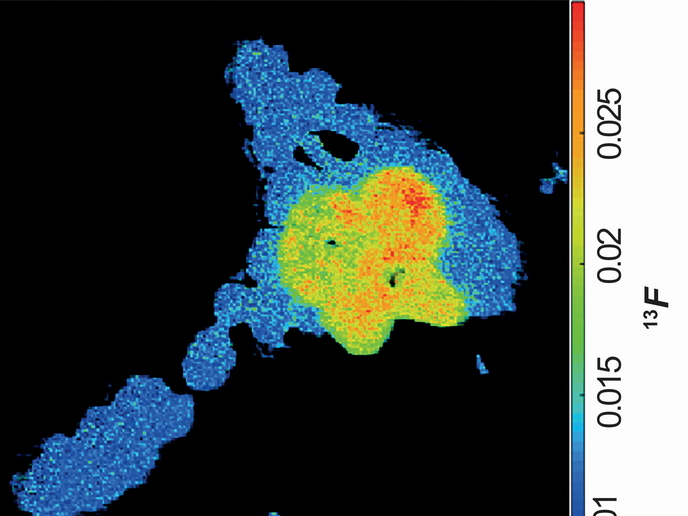Solar technology for drinking water decontamination
Access to clean safe drinking water is a vital part of every day life. In developing countries, however, it is not always readily available. The SOLWATER project thus sought the development and on site assessment of an autonomous solar reactor system for drinking water purification in remote areas without the addition of chemicals. Through the use of sunlight, the developments were based on photocatalytic generation of hydroxyl radicals and singlet oxygen species to detoxify and disinfect contaminated drinking water. Disinfection systems were created with a polymer supported photosensitiser activated by solar light. The use of singlet oxygen is key because it has the ability to inactivate bacteria since it can react with the proteins and lipids found in biological membranes. The SOLWATER project has developed a singlet oxygen photosensitising material comprised of porous silicone and an adsorbed polyazaheterocyclic Ru(II) coordination compound. The advantages of porous silicone are many. It has high oxygen permeability; it allows for easy interaction with micro-organisms to promote disinfection and possesses good mechanical, thermal and chemical stability as well as favourable optical properties. The use of Ru(II) photosensitisers also has many promising features. It possesses strong light absorption and long excited state lifetimes to allow deactivation through collision with molecular oxygen. Moreover, the photosensitising material itself can be produced at a large scale. Successful disinfection of water was performed on a scale of 20 to 40 litres per day using two solar photoreactors incorporating the photosensitising material. On site tests were begun in Argentina, Peru and Mexico in order to demonstrate the applicability of this technology to water disinfection in rural communities. The distribution of the results among public institutions will assist the use of this technology and likely benefit public health and quality of life in developing countries.







